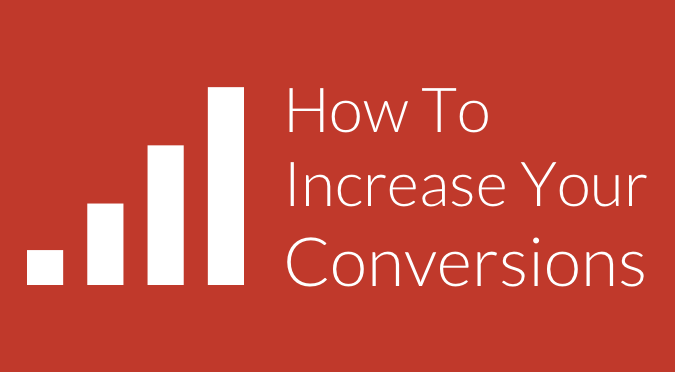Being congruent means your web page matches something it promised earlier. People visit websites to get information and solve problems. To do this, they follow a scent. That scent may start with a search query, a Facebook post or a link in an article. But every time that person clicks from one place to another, they are following that scent. If your web page is not congruent, that means the scent dies. If they click a link that says “click here to download” and they land on an “about us” page–that’s not congruent. The link and the page don’t match. And the visitor clicks away without converting into a customer.

Improving Affiliate Conversions
Here are several places you should check for congruence on your site. The better the match between the click and the next page, the better chance you have of making a conversion.
You may also like : Affiliate Marketing Strategies You Should Follow & On Way To Make Money with Affiliate Marketing!
Be congruent with your images.
If your pay-per-click ad says “yellow trucks for sale” and they click on the link only to find a red sports car, their brains register a negative reaction. Why? Because they expected to see a yellow truck. Now, of course they know they can click around to find the yellow truck, but they’re expecting to see that truck immediately because that’s what your ad promised. Lack of congruence is a major reason people hit the back button in a matter of seconds. They need to see exactly what was promised, as soon as they click, or they feel something’s wrong and most likely leave. Often without even thinking about it. The subconscious registers that the scent is gone and clicks away before the person even reads the headline.
Deliver what you promise in your links.
Every link is a contract. You’re promising something on the other side as a reward for the visitor clicking through. If they find exactly what they expected to find, they’ll continue clicking and reading until they either take the action you want them to take (buy something, call you, etc.) or they lose the scent of what they were looking for in the first place.
Use navigation to help you.
The more closely you talk to your visitor in their own language, the better. You can use navigation to help you with this. Let’s say you’re a web designer and you do a lot of work for credit unions, banks, hair salons and spas. Obviously, all those groups need slightly different sales copy to convert them into clients. So, you can create separate web pages and have navigation tabs that say “financial institutions” and “health & beauty”. That way the visitor will naturally self-select which group they fall into, click the link, and begin reading sales copy directed specifically at them.
Testimonials can be congruent, too.
If you have a large number of testimonials to choose from, put the most relevant ones on each page. If the problem and solution in the testimonials match the problem the visitor has and the solution you’re offering–that’s congruent, and a very helpful element on your page. If the testimonial has nothing to do with the visitor’s problem, it’s just diluting the scent.
Conversion is the ultimate goal on any web page. It’s worth taking the time to run some usability tests and see if your pages are congruent with all the ways people can get to it. You may also go through a Digital Marketing Course to know more.

Delhi Courses Academy is a leading institute offering the best digital marketing course in Delhi, known for its practical training, affordable fees, and industry-focused curriculum. With 15+ certifications, 100% placement assistance, and hands-on projects, it prepares students for real-world challenges.

